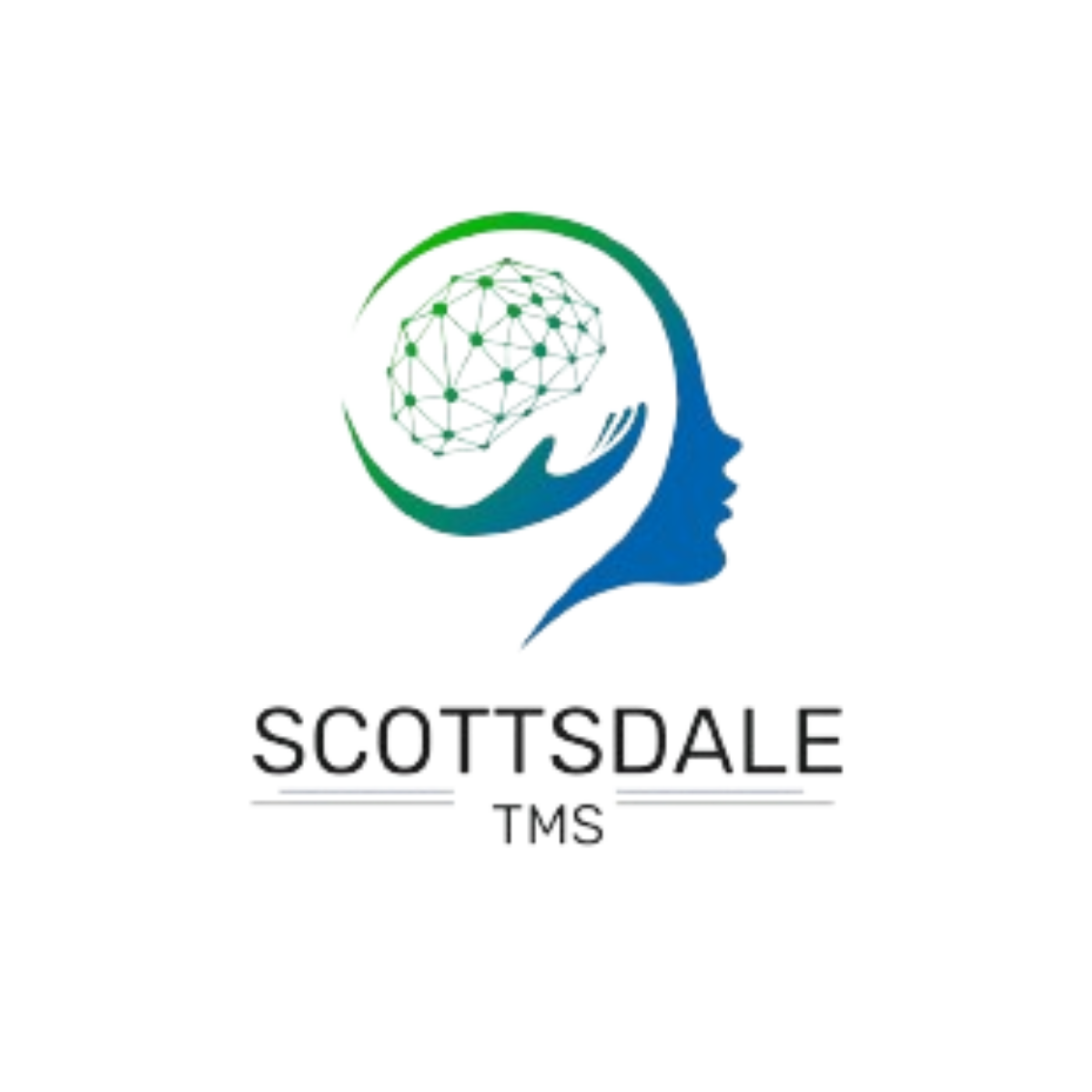ECT Vs TMS
Navigating the landscape of mental health treatments often involves comparing options like Transcranial Magnetic Stimulation (TMS) and Electroconvulsive Therapy (ECT). Both therapies offer hope for individuals with severe depression, but understanding their differences is crucial for making informed decisions.
While TMS and ECT aim to improve mental health, they utilize distinct methods and have varying implications for patients. This exploration delves into how they contrast in approach, efficacy, and patient experience.
Questions Answered in This Article:
Our Treatment Centers

Scottsdale Rehab
Luxury Personalized Rehab

Hart Rehab
Holistic Luxury Personalized Rehab

Scottsdale Detox
Luxury Medical Detox
What is TMS?
Transcranial Magnetic Stimulation is a non-invasive treatment that uses magnetic fields to stimulate nerve cells in the brain. It’s primarily used to treat depression, especially when other treatments haven’t worked. The procedure involves placing a magnetic coil near the patient’s head, and it typically has fewer side effects than more invasive treatments like Electroconvulsive Therapy.
Who is Eligible for TMS?
Eligibility for Transcranial Magnetic Stimulation involves several key criteria. Below are the primary factors that determine who can undergo TMS treatment:
- Individuals with major depressive disorder have not responded to traditional treatments like medication and therapy.
- Adults who have tried at least one antidepressant without significant improvement.
- Patients without a history of seizures or certain neurological conditions.
- Absence of metal implants or devices in or around the head that could interfere with the magnetic fields.
- Generally, good physical health to tolerate the treatment sessions.
What Are the Side Effects of TMS
While Transcranial Magnetic Stimulation is generally well-tolerated, it can still cause some side effects. Below are the common and less frequent side effects associated with TMS:
- Headache
- Scalp discomfort at the treatment site
- Tingling, spasms, or twitching of facial muscles
- Lightheadedness
- Discomfort from the noise during treatment
- Risk of seizures, though rare
- Temporary hearing issues if ear protection is not used
- Mild cognitive changes, such as trouble focusing, usually transient
What is ECT?
Electroconvulsive Therapy (ECT) is a medical treatment that uses controlled electrical currents to induce brief seizures in the brain. It’s primarily used for severe depression and other mental health conditions when other treatments have failed. It is performed under general anesthesia, and while it can be very effective, it may also have more significant side effects compared to other treatments.
Who is Eligible for ECT?
Eligibility for Electroconvulsive Therapy is determined by several factors. Below are the primary criteria for considering ECT:
- Individuals with severe depression have not responded to medication or therapy.
- Patients with bipolar disorder, schizophrenia, or other severe mental illnesses where other treatments have been ineffective.
- Those who need a rapid response due to the severity of their symptoms, such as high risk of suicide or extreme agitation.
- Individuals who have had a positive response to ECT in the past.
- Patients without serious medical conditions that would make anesthesia risky.
What Are the Side Effects of ECT?
Electroconvulsive Therapy can be effective but may also cause various side effects. Below are the common and less frequent side effects associated with ECT:
- Short-term memory loss
- Confusion immediately after treatment
- Headache
- Muscle soreness
- Nausea
- Long-term memory loss
- Potential cardiovascular complications in patients with pre-existing heart conditions
- Temporary cognitive impairments, such as difficulty concentrating
Can You Get TMS if You’ve Had ECT?
Yes, you can get Transcranial Magnetic Stimulation even if you’ve had Electroconvulsive Therapy in the past. TMS can be an option for those who did not respond well to ECT or prefer a less invasive treatment. However, it’s important to discuss your medical history with your doctor to determine the best treatment plan for your specific needs.
Difference Between TMS and ECT
Transcranial Magnetic Stimulation and Electroconvulsive Therapy are both treatments for severe depression, but they differ in several key ways. Here are the main differences between TMS and ECT:
- Treatment Method:
- TMS uses magnetic pulses to stimulate specific areas of the brain non-invasively.
- ECT uses electrical currents to induce controlled seizures in the brain, requiring anesthesia.
- Procedure:
- TMS is usually performed on an outpatient basis and does not require sedation.
- ECT is typically done in a hospital setting under general anesthesia with a recovery period.
- Side Effects:
- TMS generally has fewer side effects, such as mild headaches or scalp discomfort.
- ECT can cause more significant side effects, including memory loss and confusion.
- Effectiveness:
- TMS may take several weeks to show results and is often used for patients with mild to moderate treatment-resistant depression.
- ECT can provide rapid relief for severe depression, often showing results more quickly but with the potential for more pronounced side effects.

